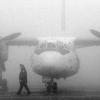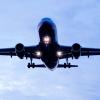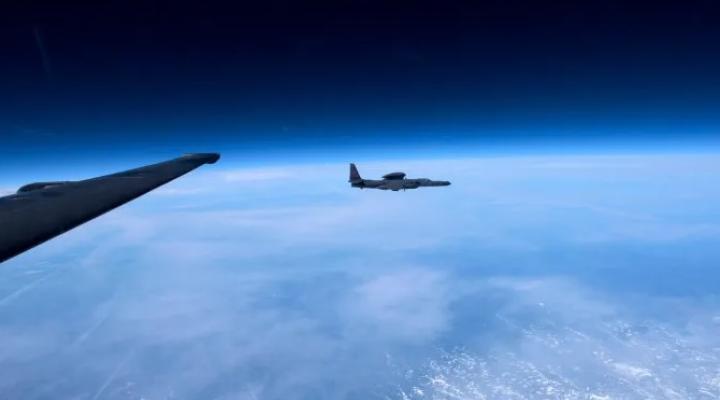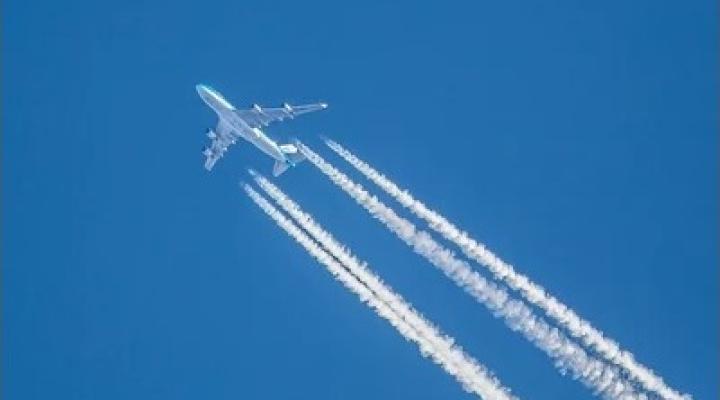Norwegian B738 at Kittila on Dec 26th 2012, unintentional steep climb on ILS approach
Norways AIBN released a preliminary report reporting that the aircraft was on an ILS approach to Kittila's runway 34 at about 3250 feet with autopilot and autothrust engaged, flaps set to 5 degrees, gear up, when the stabilizer trim actuated for about 12 seconds trimming the nose up resulting in a climb and loss of airspeed, as result autothrust systems applied full engine thrust which in turn created more pitch up movements and a more rapidly decreasing airspeed. When the pitch went through 20 degrees nose up both pilots began to apply full forward pressure on the control columns applying a combined force of 207lbs on the yoke, the nose however continued to rise and reached a maximum of 38.5 degrees nose up with the speed decaying to 118 KTAS (specifically true airspeed referenced by AIBN) before the aircraft started to pitch down again. At that point the stall warning and stick shaker activated for about 4 seconds. The crew subsequently managed to regain control of the aircraft.
The AIBN annotated that the stall speed of 1G at the given configuration of the aircraft was 121 KIAS, the aircraft however did not stall because the wing load was slightly less than 1G. During the initial upset there has been no attempt to disconnect the autopilot, autothrust or actuate the stabilizer trim nose down. The AIBN said: "One or more of these measures would have improved the situation. Also, to the knowledge of The Accident Investigation Board Norway (AIBN), the stick force applied should have made the autopilot switch off automatically."
Preliminary findings of the investigation showed that both primary and secondary input arm of the right hand Power Control Unit (PCU) driving the aircraft's elevator and stabilizer trim had been blocked with the autopilot unintentionally elevating the nose of the aircraft. Both PCUs were removed from the aircraft, CT scans suggested the presence of small particles of foreign objects, when the PCUs were later opened at the labs no foreign objects were found. Laboratory analysis revealed traces of dried up de-icing fluid. Tests of both PCUs revealed normal function with no anomaly.
The AIBN revealed that current procedures require the stab trim set fully forward during de-icing, tests however showed the ingress of fluid would be reduced at a mid range position. In October 2013 Boeing changed the aircraft maintenance manual to introduce new de-icing procedures requiring operators now to apply de-icing fluid at an angle from the front and not from the side and requiring the stab trim to be at the takeoff position during de-icing.
http://avherald.com/h?article=4603ef59/0000














Komentarze